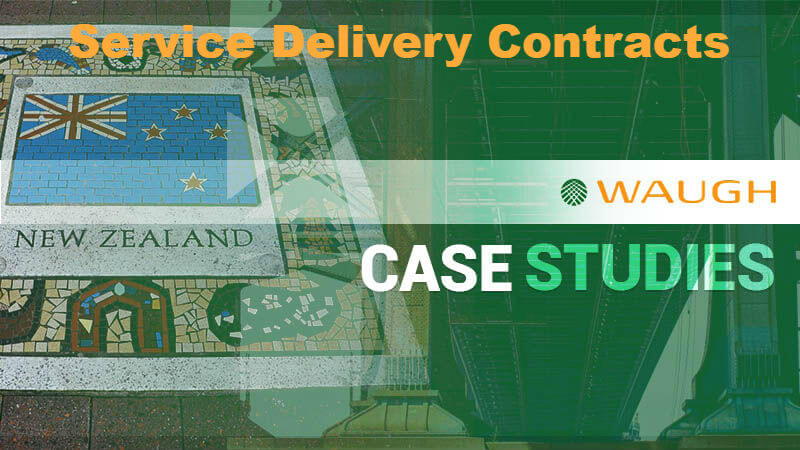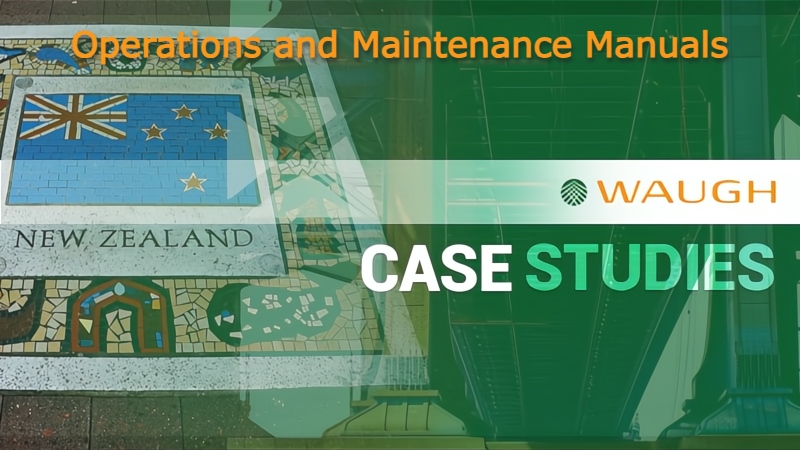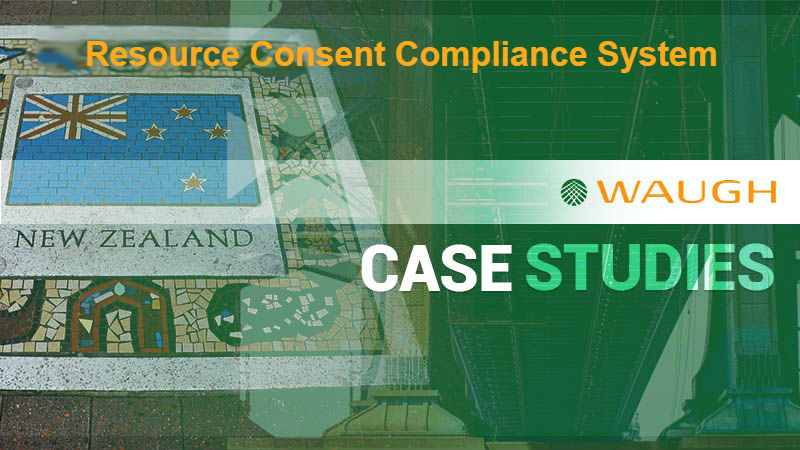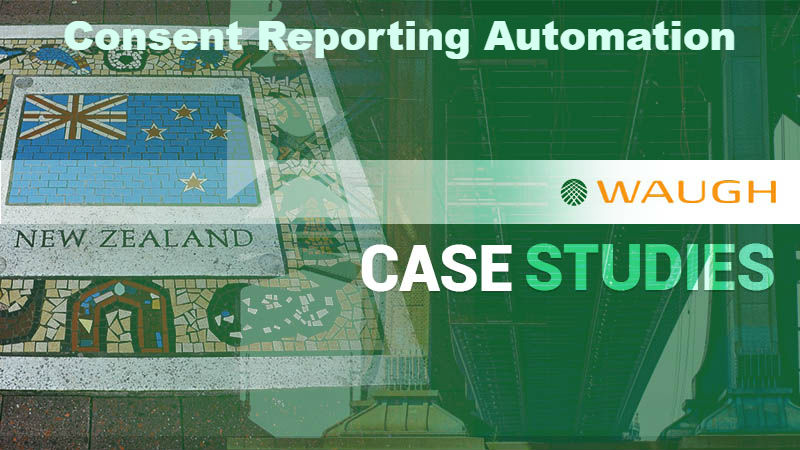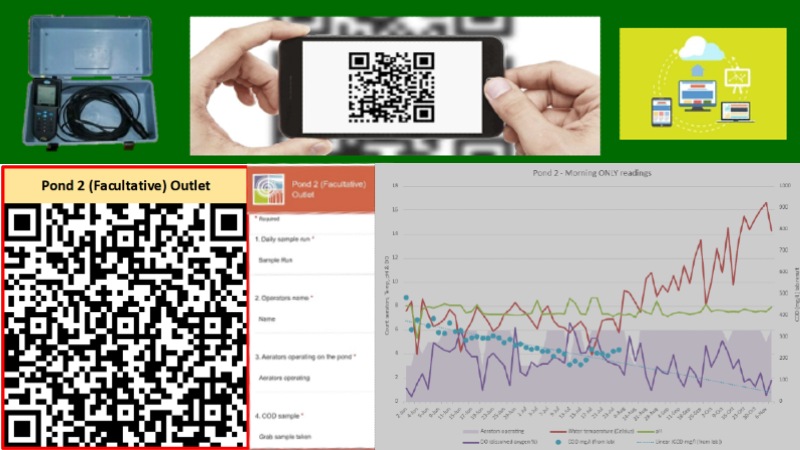
Waugh Infrastructure Management
Our team is ready to provide you with expert asset management services.
These case studies highlight a few of the consulting works we do.
Please feel free to contact us regarding any infrastructure management projects you would like us to assist with.
Our Asset Management Case Studies
Service Delivery Contracts
Waugh Infrastructure Management Ltd has been associated with a wide range of Service Delivery Contracts across New Zealand.
Asset Management Plan Compliance Assessment
We have developed a resource to assess Asset Management Plans in relation to key asset management principles.
Resource Consent Compliance System
Waugh Infrastructure has developed a Resource Consent Management System within Infor IPS Asset Information System
Consent Reporting Automation – The Wairoa District Council
The Wairoa District Council engaged Waugh Infrastructure Management to assist them in automating their SCADA report.
